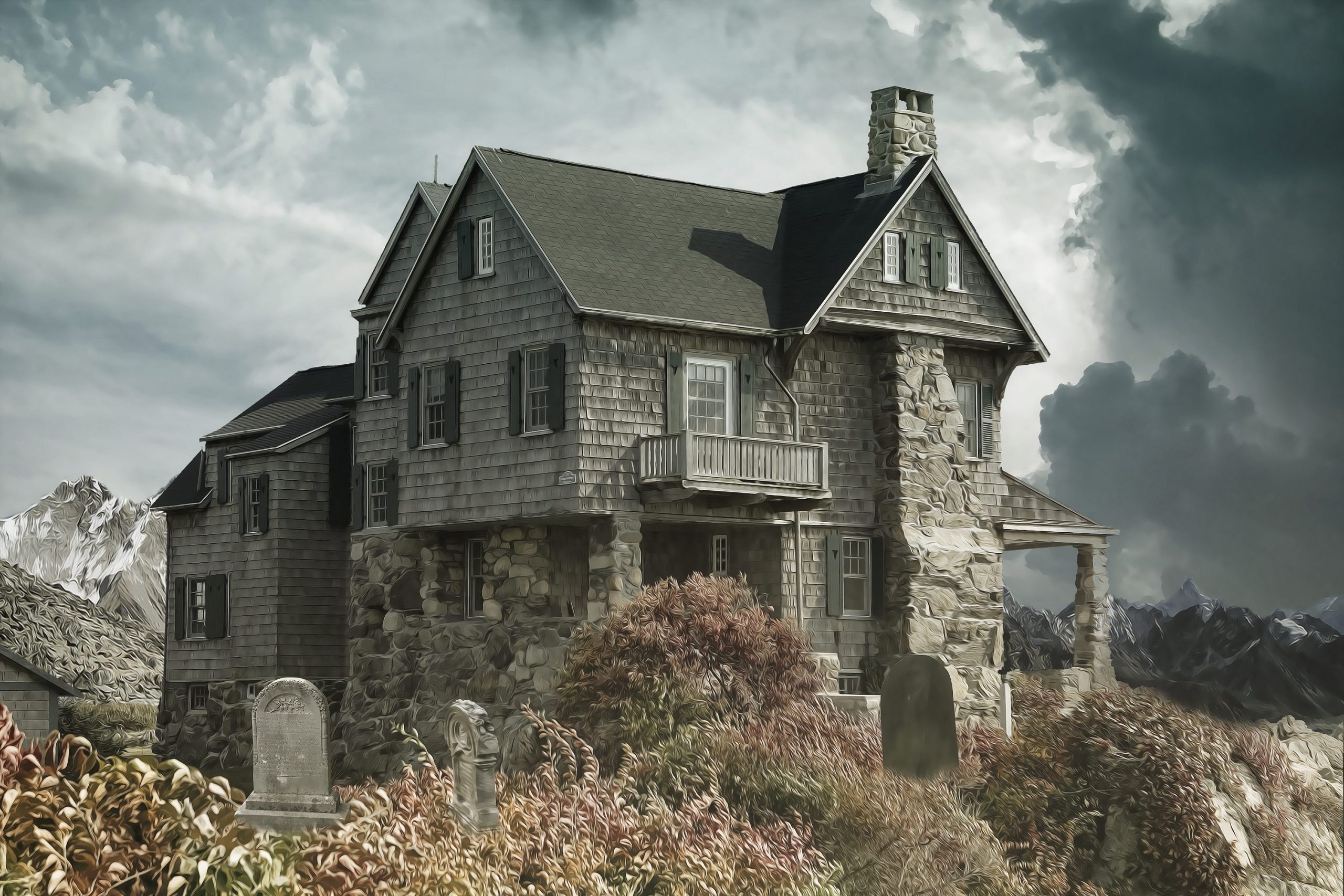Netflix’s reimagining of the 1959 classic horror novel by Shirley Jackson of the same title, The Haunting of Hill House delivers a more extensive, creative, and successful portrayal of the story and characters than any attempt before.
Previously made into two film versions, once in 1963 and in 1999, both rebranded as The Haunting, the reception of the visual adaptations of Jackson’s woeful tale have been met with varying degrees of approval. However, horror veteran Mike Flanagan’s delivery is different – it’s actually scary.
The series, comprised of ten separate hour-long episodes, follows the Crain family as they navigate a life within and without the greatest period of horror of their lives; namely being short-lived residents of America’s most haunted house, Hill House. The family were torn apart by the suspicious suicide of their mother in the walls of the house, and in the present are brought together once again by the suicide of their youngest sister. Each member of the family is haunted by their time in the house, both literally and figuratively.
Through a serpentine layering and involvement of events and images, we the audience come to learn that not all ghosts are what we believe them to be in the immediate sense. As Steven Crain’s character puts it, “a ghost can be a lot of things. A memory, a daydream, a secret. Grief, anger, guilt.” In the case of the Crain family and Hill House, each character is personally terrorised by a mixture of all of the above.
The Haunting of Hill House does an extraordinary job of keeping the customary horror-flick traits to a minimum. There isn’t an over-abundance of jump-scares, loud string music, creaky doors, or green glowing monsters that live under the bed; and when there are, they’re surprisingly tasteful and effective. An element of the supernatural runs like a ribbon throughout the various time periods in the series, tying them together in a clean consistency of believability. Story lines of clairvoyance are especially compelling as they are acted and written with equal amounts of confusion, fear and denial on the parts of the characters, as is often the case in real life when it comes to the supernatural.
Mike Flanagan expertly refrains from elaborating too explicitly on character’s inner thoughts and emotions, and instead lets the style of the show pull the majority of the weight. The Haunting of Hill House’s ten episodes each follow a separate character’s take on a situation, scenario, or event we have seen before in the series. Meaning, the audience is privy to a family argument, the episode then follows the storyline of Steven Crain and his motives of anger, fear and grief in the exchange – accompanied by backstory. In the following episode, the same argument is presented again in a shorter sequence, however, from the perspective of Shirley Crain, and so forth.
Flanagan’s style of fictional presentation feels personal, as if we, the audience, are an omnipresent being, acquainted with each character in intimate detail.
This series isn’t exceptional because of the genre, it’s the characterisation and family dynamic that makes it what it is; a tragic story of family loss and love. The entirety of The Haunting of Hill House haunts the viewer in the minutes between watching one episode to the next – the tell-tale sign of a seriously good show.
Image by Darksouls1 via Pixabay

